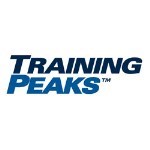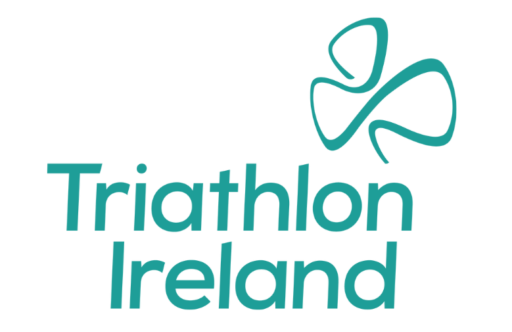the importance of having a training plan
Having a training plan can help keep you focussed on your triathlon adventure, gives you training sessions to follow and helps you reach your goal.
resources for triathlon ireland members
We have a number of training plans available on Triathlon Ireland’s Official Training Platform Training Peaks here.
THE PLANS
Triathlon
Beginner 12 Week Sprint Triathlon Training Plan
Run
Run Your Neighbourhood 5k Plan: A beginner six week Couch to 5k plan
Run Your Neighbourhood 10k Plan: An intermediate six week running plan for those looking to improve your 10k time.
Training Peaks Discount Code available to Triathlon Ireland Members

Did you know that as a Triathlon Ireland member you can get a 20% discount on a Training Peaks Premium account? The discount code can be found in the ‘Members Discounts’ area of your triathlonireland.com account.
Training on your own
SAFETY TIPS
- Use pre-exercise screening to identify whether you are at a higher risk of experiencing a health problem during physical activity. This is a filter or ‘safety net’ to help decide if the potential benefits of exercise outweigh the risks for you.
- When deciding if any exercise is safe, you need to consider the technique used as well as your individual condition, such as injury history and fitness level.
- If you have a pre-existing injury or medical condition, consult a sports medicine doctor, exercise physiologist or physiotherapist.
- Be aware that increasing the speed of any exercise can increase the risk of injury.
- Avoid or modify any exercise that causes you pain or discomfort. Don’t ignore your body’s signals of fatigue, discomfort and pain.
- Cross-train with other sports and exercises to reduce the risk of over training.
- Make sure you have at least one recovery day, preferably two, every week.
- Remember that injuries need rest – trying to ‘work through’ the pain will cause more damage to soft muscle tissue and delay healing.
- Avoid starting exercise dehydrated. Drink plenty of fluids for several hours prior to exercise.
- Always tell someone where you will be and what time you expect to return
EQUIPMENT
- Wear protective equipment during training, not just for competition and games, ensure you wear an approved helmet when cycling.
- Make sure your equipment is appropriate to your size and age.
- Wear appropriate shoes for your sport and replace them before they wear out.
- Check equipment regularly and replace if worn out. If you are unsure how to maintain or check your equipment, consult with your coach or sporting association.
- Plan your route in advance and pay attention to avoid possible hazards or accidents that could cause you or any third party injury
- Identify and evaluate possible risks
- Stop exercising and seek medical help if you experience symptoms such as:
- discomfort or pain
- chest pain or other pain that could indicate a heart attack, including pain in the neck and jaw, pain travelling down the arm or pain between the shoulder blades
- extreme breathlessness
- a very rapid or irregular heartbeat during exercise.
